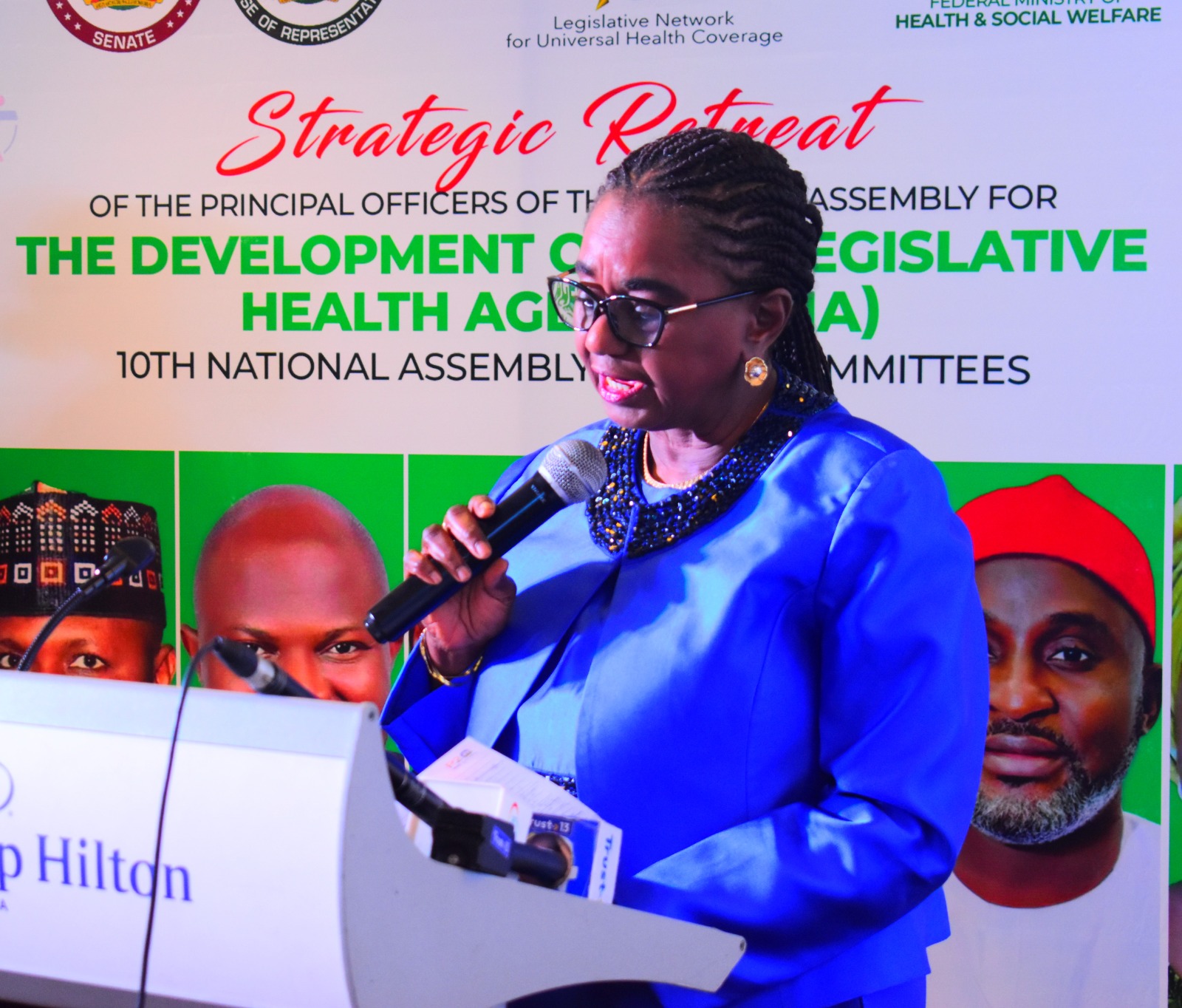Health
Tackling Yeast Infection Naturally
Stand in front of a mirror, open your mouth and check your tongue, if you have too much white patch and mucus, then, it’s likely that you have a yeast infection.
Yeast does not only affect the mouth, it affects our private parts especially women, in the form of candi. Normally, yeasts are health if they are low. They only cause trouble when they are high and have weakened the body system.
When once yeast overruns the body defences one begins to have diverse symptoms such as frequent catarrh fungus infection on the skin and fingernails, abdominal pains, gas, constipation and diarrhea.
In medical terms, it’s often referred to as “candida albicans”. Candida albicans plays prominent role in making you sick. Sources of yeasts infection can include damp rooms with dirt floors and rugs.
Bathrooms provide a comfortable home for molds, closets, drawers or even matters and beddings sometimes harbour molds that allows yeast to grow.
Natural medicine practitioners usually caution against the use of antibiotics to tackle yeast infection. The reason for this is based on research and finding that antibiotics make the body more vulnerable since they kill other germs and promote the growth of yeast in the body.
It’s believed that broad spectrum antibiotics kill organisms in the body, such that useful normal intestinal and vaginal bacteria are wiped out, giving more room for yeast to grow.
Many people abuse antibiotics such that they take them without prescription. When the body is overwhelmed with over usage of antibiotics, it creates health challenge often worse than those the anti-bacterial drugs were used to prevent.
Using natural means to tackle yeast infection is a gradual process of using both herbs and dieting. In adopting dieting in tackling yeast infection, it’s necessary to understand that dietary requirements vary according to each person’s make up.
Experts advise that diet in curbing candida infection should contain differing amounts of nutritious foods. You should avoid foods, such as breads, to which yeast has been added. You should also avoid yeast containing beverages, especially wine and beer. You should also avoid margarine and “junk foods”.
Foods loaded with sugar or additives should also be avoided if one suspects candida infection, some nutritionists insist on candida control diet that requires cutting down on carbohydrate.
A candida control diet emphasises foods from a wide variety of sources and restricts only those foods which contain yeast, honey, cane sugar, beet sugar, corn sugar, fructose and other refined carbohydrate.
The diet does not limit your in take of good carbohydrate foods such as fresh vegetables and fruits, freshly squeezed juices and whole grains.
Cutting down on diary products such as milk is key in overcoming yeast infection. Diary foods are mucus producing and this makes the inner organs to be damp, thereby encouraging yeasts to multiply.
Some fruits and herbs are effective against yeast infection though it takes time for you to get results. Continuous usage of these herbs will go a long way in clearing the body of yeast.
Lemon and garlic are potent natural yeast fighting herbs; cucumbers, parsley and grapes also help fight yeast. Erential oils from, evening primrose, indeed oil and vitamin (are very effective to keep yeasts at bay in the body.
Health
FG Launches Initiative To Combat Malnutrition Among Children
The Federal Government has begun a scheme to battle malnutrition in children.
Tagged, “Nutrition 774 Initiative”, the programme was unveiled by Vice President Kashim Shettima as it falls within a framework for the Federal Government’s comprehensive vision for a nationwide nutrition programme to address malnutrition and food insecurity in Nigeria.
The proposed programme, “Nutrition 774 Initiative,” aims to improve nutritional outcomes across all 774 local government areas (LGAs) in the country.
Speaking yesterday during a roundtable with development partners at the Presidential Villa, Abuja, VP Shettima said the initiative aligns with President Bola Ahmed Tinubu’s broader focus on food security and availability across Nigeria.”The priority with which His Excellency, President Bola Ahmed Tinubu, has pursued food availability has gone hand-in-hand with our commitment to eradicating malnutrition.
“Our aspiration as a nation goes beyond the mere abundance of food in our barns and warehouses. We cannot claim victory unless there is certainty that each household across Nigeria has access to the preferred and prescribed diets essential for a healthy life,” the vice president stated.
It would be recalled that the 144th meeting of the National Economic Council (NEC) had in September endorsed the Nutrition 774 programme as a primary platform for combating malnutrition within Nigerian communities.
The council encouraged development partners to provide financial and technical assistance to support this initiative.
Health
Banigo Canvasses E-Health Devices For Nigeria’s Healthcare Dev

The importance of e-Health devices and digital health solutions in improving Nigeria’s healthcare system has been emphasised by Senator Ipalibo Harry Banigo, Chairman of the Senate Committee on Health, Secondary and Tertiary.
She also stressed that health is a multilayered activity and a multisectoral collaboration that requires legislators to work together to provide legislation, implement policies, and track funds effectively.
Banigo, who represents Rivers West Senatorial District in the National Assembly, made these remarks at the 5th Annual Legislative Summit on Health in Abuja, themed “Improving Legislative Stewardship and Accountability for Universal Health Coverage.”
She highlighted the potential of eHealth devices, especially given Nigeria’s large population and limited healthcare professionals.
“We can develop platforms that can be accessed through simple phones, even in remote villages, to provide health education and interventions,” she said.
“We are not talking about highfalutin things; we are talking about what will impact communities at the grassroots level, particularly pro-poor initiatives that will benefit vulnerable populations.”
Banigo also emphasized the importance of accountability and effective care, encouraging legislators to share knowledge, engage in peer reviews, and exchange information to achieve better health outcomes.
She recalled the cholera outbreak, where basic health education and interventions could have been delivered via mobile phones, preventing preventable deaths.
The 5th Annual Legislative Summit on Health brought together federal and state legislators, the Coordinating Minister of Health and Social Welfare, Prof. Muhammad Pate, the World Health Organisation’s representative in Nigeria, Dr. Walter Mulombo, and other dignitaries.
Health
WHO Targets One Billion For Better Health
The World Health Organisation (WHO) says it is targeting 1 billion more people to enjoy better health and well-being will by 2025.
The plan it said is driven primarily by improvements in air quality and access to water, sanitation and hygiene measures.
Meanwhile, the body has listed it achievements in a Report of 2023, the most comprehensive to date.
The report showcases achievements of key public health milestones by the world health apex agency even amid greater global humanitarian health needs driven by conflict, climate change and disease outbreaks.
The report is expected to be released ahead of the 2024 Seventy-seventh World Health Assembly, which runs from 27 May, 1st June, 2024.
WHO revised Programme Budget for 2022–2023 was US$ 6726.1 million, incorporating lessons learned from the pandemic response and addressing emerging health priorities.
With 96percent of WHO country offices providing 174 country reports on achievements, the report shows some progress towards 46 targets and highlights some challenges.
“The world is off track to reach most of the triple billion targets and the health-related Sustainable Development Goals,” said Dr. Tedros Adhanom Ghebreyesus, WHO Director-General. “However, with concrete and concerted action to accelerate progress, we could still achieve a substantial subset of them. Our goal is to invest even more resources where they matter most at the country level while ensuring sustainable and flexible financing to support our mission.”
The report shows advancement in several key areas, including healthier populations, Universal Health Coverage (UHC), and health emergencies protection.
Related to healthier populations, the current trajectory indicates the target of 1 billion more people enjoying better health and well-being will likely be met by 2025, driven primarily by improvements in air quality and access to water, sanitation and hygiene measures.
In terms of UHC, 30percent of countries are moving ahead in coverage of essential health services and providing financial protection. This is largely due to increased HIV service coverage.
Regarding emergencies protection, though the coverage of vaccinations for high-priority pathogens shows improvement relative to the COVID-19 pandemic-related disruptions in 2020–2021, it has not yet returned to pre-pandemic levels.
The Pandemic Fund’s first disbursements totaled US$ 338 million in 2023, supporting 37 countries to fund the initial response to acute events and scale up life-saving health operations in protracted crises. WHO continues to work with countries and partners to enhance genomic sequencing capabilities and strengthen laboratory and surveillance systems worldwide with capacity increased by 62percent for SARS-CoV-2 between February 2021 and December 2023.
It said one of the achievements is the world’s first malaria vaccine, RTS,S/AS01 administered to more than two million children in Ghana, Kenya, and Malawi during the biennium, reducing mortality by 13% among children eligible for vaccination. WHO’s prequalification of a second vaccine, R21/Matrix-M, is expected to further boost malaria control efforts.
The first-ever all-oral treatment regimens for multi-drug-resistant tuberculosis were made available in 2022, allowing the highest number of people with tuberculosis to get treatment since monitoring began almost 30 years ago.
-

 News5 days ago
News5 days agoCouncil Boss Sues For Love, Unity
-
Editorial19 hours ago
Reforming Nigeria’s Prison Crises
-
Politics18 hours ago
Leave PDP, Bode George Tells Atiku, Wike
-

 News5 days ago
News5 days agoIBAS, FAMILY CELEBRATE EASTER AT GOVERNMENT HOUSE CHAPEL
-

 Politics5 days ago
Politics5 days agoEkiti YPP Felicitates Christian Faithful At Easter
-
News19 hours ago
Nigeria Safe For Investment, Edun Assures Investors
-

 Featured18 hours ago
Featured18 hours agoFG Begins Induction For New Permanent Secretaries, Accountant-General
-

 News5 days ago
News5 days agoUS Supreme Court stops Trump from deporting migrants

